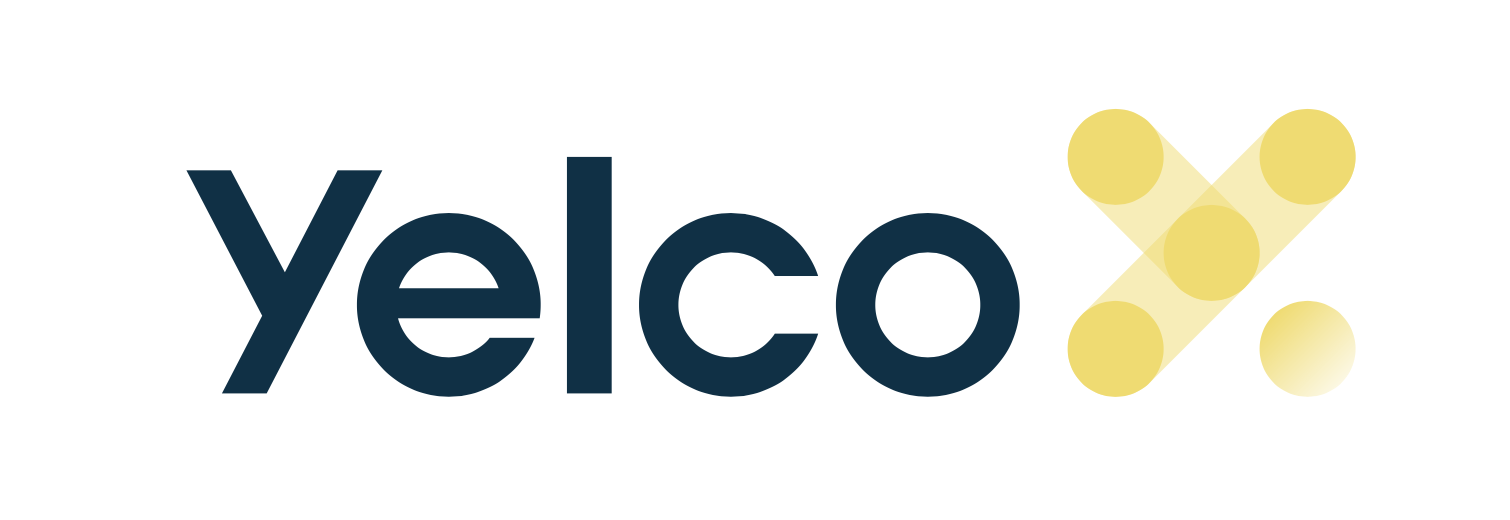What is GPON and EPON? Know the Main Differences

Optical fiber access networks, better known as FTTH (Fiber To The Home), have become the most effective means for operators to provide broadband telecommunications services to their customers, as opposed to copper pair and coaxial cable networks, which, despite still being active, are not able to provide the services that people and businesses demand.
In addition to the effectiveness of fiber optic networks, we also must mention a very important aspect these days, which is sustainability.
PON networks, as their name implies (Passive Optical Networks), are passive networks, that is, they do not have any active elements in all the network extension, except at the ends.
With these types of networks, even with the continuous increase in bandwidth needs, there’s no need to change the network, making fiber optic networks “future-proof”.
What is GPON?
A GPON network is a purely passive fiber optic network that allows the transmission of large amounts of information between the Central Office and several distributed points, up to a radius of 20 km from that central point.
GPON is an acronym that stands for Gigabit Passive Optical Network, and as the name implies, it is an optical, passive network that works in the order of Gigabits per second.
When we talk about bits per second, we are talking about the amount of information that is transmitted in a network per unit of time. This quantity is commonly called “bandwidth”.
In GPON networks, each fiber output from the central office can feed up to 128 users, with a splitting ratio of 1:64 or 1:32 being more common. This division is done using optical devices called splitters.
GPON networks are defined by the ITU-T G.984.x recommendation, which defines that transmission in the downstream channel is 2.5 GBps and in the upstream channel is 1.25 GBps, in the wavelengths of 1490 nm and 1310nm, respectively.
Newer versions of this technology, called XGS-PON, allow for a symmetrical 10GPBPS transmission capability (DS and US) at 1577nm and 1270nm wavelengths.
What is EPON?
The EPON network was developed by the IEEE according to the 802.3ah standard, and is a passive optical network, similar to the GPON network, with a coverage radius of up to 20km. It also uses the WDM principle for the transmission of various wavelengths on a single fiber, having a defined transmission capacity for downstream and upstream of symmetrical 1.25 GBps. Working wavelengths are 1490nm and 1310nm, as in GPON.
There is also a newer version of the EPON standard that defines symmetrical 10GBps transmission capacity, known as 10G-EPON.
What are the main differences between EPON and GPON?
Although EPON and GPON technologies complement each other, they compete in certain aspects that we will highlight here:
Transmission rates:
In its definition, the IEEE 802.3ah standard sets the transmission rate to 1.25GBps and the IEEE 802.3av standard sets the transmission rate to 10GBps. In EPON technology, the downstream and upstream transmission rates are symmetrical.
In GPON technology, transmission rates are 2.5 GBps in downstream and 1.25 GBps in upstream. As technology and bandwidth evolved, XGS-PON technology also allows for symmetrical 10GBps transmission rates.
Split Ratios:
In this aspect, both networks have similar characteristics, both of which can support up to 128 users per OLT port.
Typically, the split ratio on installed networks is 1:32 or 1:64.
Costs:
In terms of costs, as both technologies use passive fiber optic networks, with similar architecture, the cost of the fiber optic network is practically the same for both.
The main difference is in the OLT and ONT active equipment and the associated optical components. Typically, the OLT and ONT for a GPON network are more expensive than the same equipment for an EPON network.
Both EPON and GPON technologies have their advantages and disadvantages. In terms of performance, GPON technology is better than EPON. In turn, EPON technology can be cheaper to implement.
EPON technology is famous and at the forefront of this competition, but GPON technology is catching up and will quickly overtake it.
Generally speaking, GPON technology will be adopted by users who need multi-services on the network, high levels of QoS and security, while EPON technology will be for those users who are more concerned about investment costs and have less security requirements.


